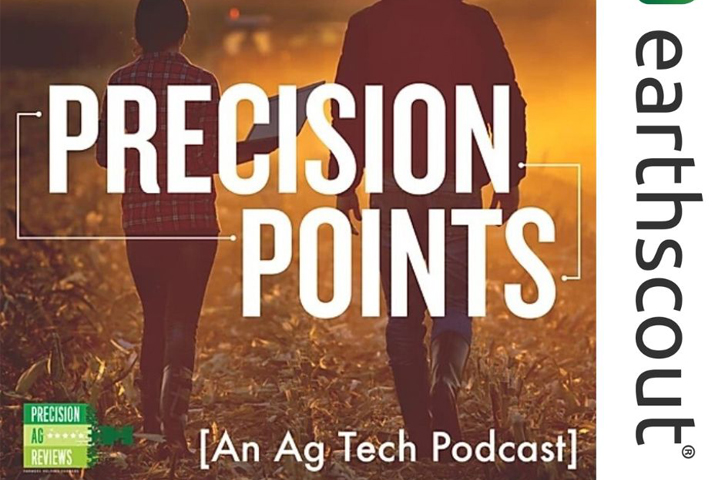Morgan Seger is the host of Precision Points. They have teamed up with Precision Ag Reviews to interview growers, manufacturers, and experts to discuss everything ag tech.
Josh Krenz, EarthScout COO, is the guest on Episode 2 of the podcast released this week. Josh and Morgan discussed much of the history of EarthScout, what growers are doing with their data, and what new features we can look forward to in the next year or two.
You can listen (or watch!) the podcast interview following the link below.
https://www.precisionagreviews.com/post/podcast-02-josh-krenz-sensor-based-scouting
Don’t forget to subscribe to the podcast to never miss an episode!
